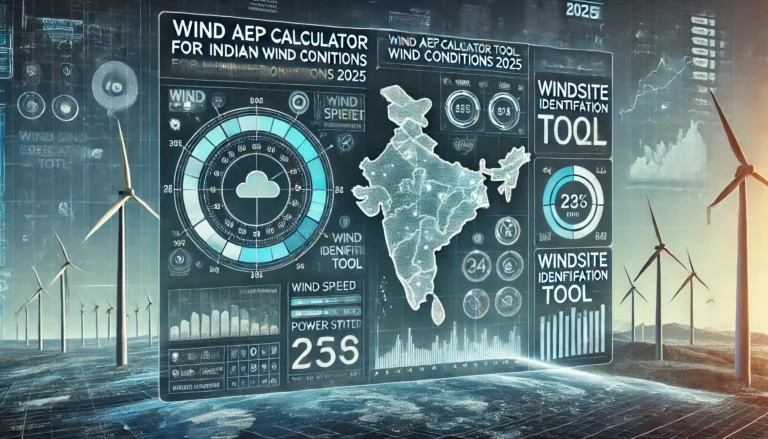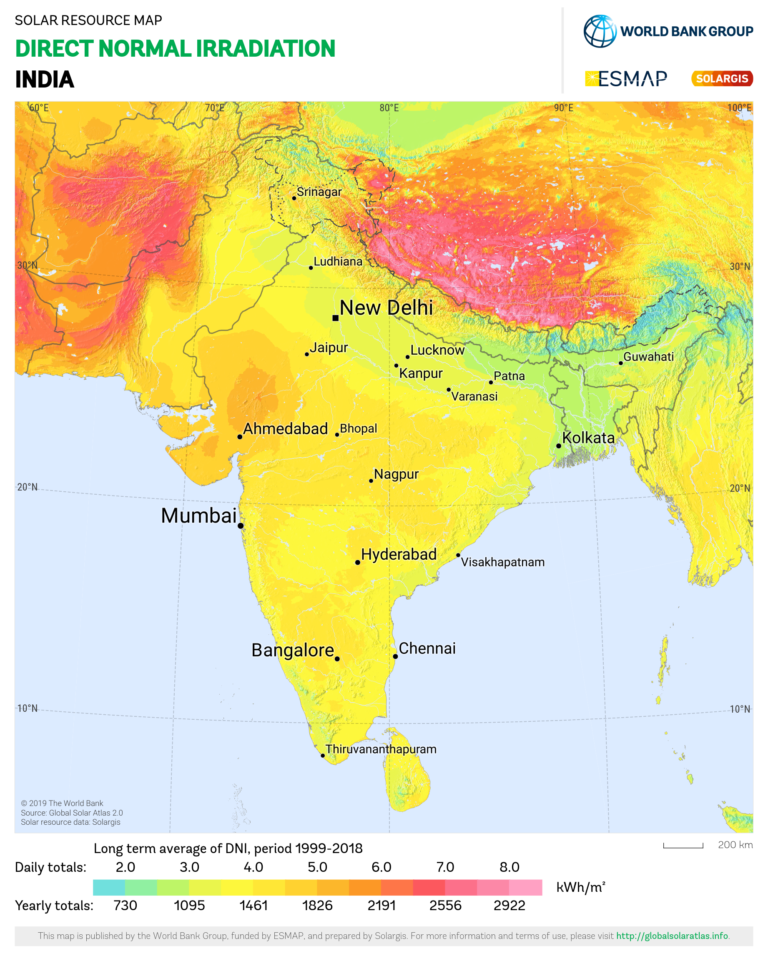
Domestic Solar Power Calculator
Domestic Solar Power Calculator for Indian Homes 2025
In 2025, as the world increasingly moves toward renewable energy, Indian households are recognizing the immense benefits of installing domestic solar power systems. Whether for reducing electricity bills, minimizing carbon footprints, or ensuring energy security, solar power is a smart and sustainable investment. However, calculating the exact requirements for a domestic solar power system can be daunting. A solar power calculator simplifies this process, helping you estimate your needs and costs effectively. Let’s dive into how such a calculator works and explore the key aspects of setting up a domestic solar power system in India.
What is a Domestic Solar Power Calculator?
A domestic solar power calculator is an online or offline tool designed to assist homeowners in determining:
- The size of the solar power system required based on energy consumption.
- The number of solar panels needed.
- The total cost of installation and potential savings over time.
- Payback period and return on investment.
By entering details such as monthly electricity consumption, geographical location, and available rooftop area, users can get a detailed breakdown of the most suitable solar setup for their home.
Key Inputs for a Solar Power Calculator
To generate accurate results, the calculator requires specific inputs:
- Monthly Electricity Consumption:
- Measured in kilowatt-hours (kWh), this is the amount of electricity your household consumes. You can find this information on your electricity bill.
- Solar Irradiance:
- Solar irradiance, measured in kWh/m²/day, represents the amount of sunlight your location receives. India, being a tropical country, has excellent solar potential, with an average irradiance of 4-7 kWh/m²/day.
- Rooftop Area Available:
- The size and orientation of your rooftop determine how many solar panels can be installed.
- Electricity Tariff:
- Knowing the rate you pay per unit of electricity helps in estimating savings.
- Type of Solar System:
- On-grid: Connected to the electricity grid.
- Off-grid: Uses batteries for storage.
- Hybrid: Combines grid connection and battery storage.
How Does a Solar Power Calculator Work?
The calculator uses the provided inputs to:
- Estimate the required solar system capacity in kilowatts (kW).
- Calculate the number of solar panels based on the capacity of individual panels (commonly 330-550 watts per panel in 2025).
- Determine the total cost of installation, including panels, inverters, batteries (if needed), and labor.
- Project savings by comparing the generated solar power with your current electricity bill.
- Provide the payback period, which is the time it takes to recover your investment through savings.
Example Calculation for a Typical Indian Household
Let’s consider a household in Bengaluru with the following parameters:
- Monthly electricity consumption: 300 kWh
- Solar irradiance: 5.5 kWh/m²/day
- Rooftop area available: 500 sq. ft.
- Electricity tariff: ₹6 per kWh
- System type: On-grid
Step 1: Determine Solar System Size
The formula to calculate system size:
System Size (kW)=Monthly Consumption (kWh)30×Solar Irradiance\\text{System Size (kW)} = \\frac{\\text{Monthly Consumption (kWh)}}{30 \\times \\text{Solar Irradiance}}
System Size=30030×5.5=1.82kW\\text{System Size} = \\frac{300}{30 \\times 5.5} = 1.82 \\text{kW}
Step 2: Number of Panels Required
If using 440 W panels:
Number of Panels=System Size (kW)Panel Capacity (kW)\\text{Number of Panels} = \\frac{\\text{System Size (kW)}}{\\text{Panel Capacity (kW)}}
Number of Panels=1.820.44≈5\\text{Number of Panels} = \\frac{1.82}{0.44} \\approx 5
Step 3: Installation Cost
The average cost per kW in 2025 is ₹40,000 for on-grid systems. For 1.82 kW:
Total Cost=1.82×40,000=₹72,800\\text{Total Cost} = 1.82 \\times 40,000 = ₹72,800
Step 4: Savings and Payback Period
Annual savings:
Savings per Year=Monthly Consumption×Electricity Tariff×12\\text{Savings per Year} = \\text{Monthly Consumption} \\times \\text{Electricity Tariff} \\times 12
Savings=300×6×12=₹21,600\\text{Savings} = 300 \\times 6 \\times 12 = ₹21,600
Payback period:
Payback Period=Total CostAnnual Savings\\text{Payback Period} = \\frac{\\text{Total Cost}}{\\text{Annual Savings}}
Payback Period=72,80021,600≈3.37 years\\text{Payback Period} = \\frac{72,800}{21,600} \\approx 3.37 \\text{ years}
Benefits of Using a Solar Power Calculator
- Accurate Budgeting: Helps you estimate costs and plan your finances.
- Informed Decision-Making: Provides clarity on system size and type.
- Time-Saving: Eliminates guesswork and reduces reliance on consultations.
- Environmentally Responsible: Encourages solar adoption by showcasing potential savings and environmental benefits.
Advantages of Domestic Solar Power Systems
- Cost Savings:
- Reduces or eliminates electricity bills. With government subsidies in India, solar systems are more affordable than ever.
- Energy Independence:
- Protects against rising electricity tariffs and power cuts.
- Environmental Impact:
- Solar energy is clean and renewable, reducing greenhouse gas emissions.
- Increased Property Value:
- Homes with solar installations are more attractive to buyers.
- Low Maintenance:
- Solar panels require minimal upkeep, with a lifespan of 25 years or more.
Challenges and Considerations
- Initial Investment:
- Though costs are decreasing, the upfront expense can be significant. Financing options and subsidies can alleviate this burden.
- Rooftop Suitability:
- Shadows from trees or buildings can affect efficiency.
- Battery Costs:
- Off-grid systems require batteries, which increase costs and require replacement every 5-10 years.
- Local Regulations:
- Check for compliance with state policies and incentives.
Government Initiatives and Subsidies
In 2025, the Indian government continues to support domestic solar adoption through initiatives like:
- Subsidies: Up to 40% subsidy on systems up to 3 kW capacity.
- Net Metering: Allows homeowners to sell excess power back to the grid.
- Loan Schemes: Low-interest loans for solar installations.
These incentives make solar power systems more accessible to the average Indian household.
Best Practices for Installing a Domestic Solar System
- Assess Your Energy Needs:
- Use a solar power calculator to determine your requirements accurately.
- Choose the Right Installer:
- Look for certified and experienced solar EPC (Engineering, Procurement, and Construction) companies.
- Optimize Rooftop Space:
- Ensure your roof is structurally sound and oriented for maximum sunlight.
- Maintain Your System:
- Clean panels regularly and monitor system performance.
- Utilize Government Programs:
- Take full advantage of subsidies and net metering.
Conclusion
A domestic solar power system is an excellent investment for Indian homes in 2025. With tools like solar power calculators, homeowners can make informed decisions, ensuring their system is cost-effective and efficient. By harnessing the power of the sun, you not only reduce your energy bills but also contribute to a sustainable future. Embrace solar energy today and take a significant step towards energy independence and environmental stewardship.


